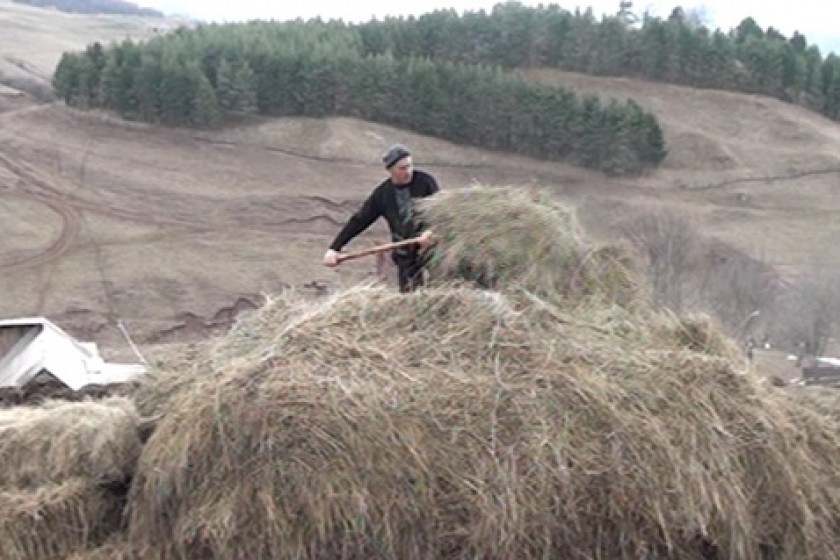
Counting Dollars and Sense: Animal Husbandry in Armenia is Tough Business, Say Villagers
Emma Petrosyan
Inhabitants of the village of Shamout in Armenia's Lori Province mainly work in animal husbandry and say that whether they take the meat to market themselves or sell it to a reseller, it makes no difference; they still operate at a loss.
Henrik Kirakosyan is one of those residents of Shamout who has worked in animal husbandry all his life.
Though he owns 42 cows, he says the income he gets from them is not so great to be able to cover his family's living expenses: "The villager has always worked at a loss, but unlike these days, in the days of the USSR, the state would compensate the villager for his loss. The villager today is left to his own devices, compensating his own loss, and taking the income he makes. This is mainly because selling doesn't work out so well for the villager. That is to say, you don't make any income after the expenses you made. You yourself can't sell, so you resell and the reseller dictates the price."
Selling meat products in the market doesn't work, which is why villagers are forced to settle with the price proposed by resellers. They don't particularly gain by taking the product to sell at the market either, since the earnings on the goods sold for slightly higher prices are spent on transportation. Besides, since the road from the village to the city is in such poor condition, taxi drivers ask for more money. Consequently, Henrik Kirakosyan, like other Shamout residents, prefers to sell his goods to a reseller who comes to him. "Our cow produces 1,500 liters on average because we don't give it juicy feed, it's just dry grass, and that too about 300 kg of it goes to the calves. And the remainder, if we give it, in the summer season it's 100 dram, while in the fall and winter, 140–150 [dram]. The average comes up to just 120 dram.
By this count, one ton of milk yields a revenue of 120,000 AMD, but 2 tons of grass is fed to the cow, with each ton costing 50,000 AMD, thereby leaving Kirakosyan with a profit of only 20,000 AMD and his hard labor. "There is no one in the world who works in animal husbandry who became wealthy from it — everyone knows this. But here, in Armenia, the situation is bleaker because our expenses are too great. We buy it expensive but sell it cheap. In short, this is the way we work."
Shamout village mayor Baghish Vanyan, in turn, says that nearly everyone in the village works in animal husbandry and in order to develop their farms they also take out agricultural loans. Now, he continues, villagers are waiting for subsidized loans. But it's not always that the loan amount serves its purpose: "Suddenly you see, [a villager] takes out a loan and buys a calf. But if, say, the value of a calf at that time is 100 dram, then when you sell the meat you see the price has fallen. The problem of selling is a bit difficult since there's no stable market. During the year, the value of meat changes 3–4 times, but the price doesn't change in the stores. You can't figure out what's happening. The problem mainly is the market price."
The village mayor says there are currently programs through which a slaughterhouse and a milk processing plant will be built for Shamout and 3 neighboring villages. If the program is actually implemented, it will be a positive change in the life of the village.
 Videos
Videos Photos
Photos




Write a comment